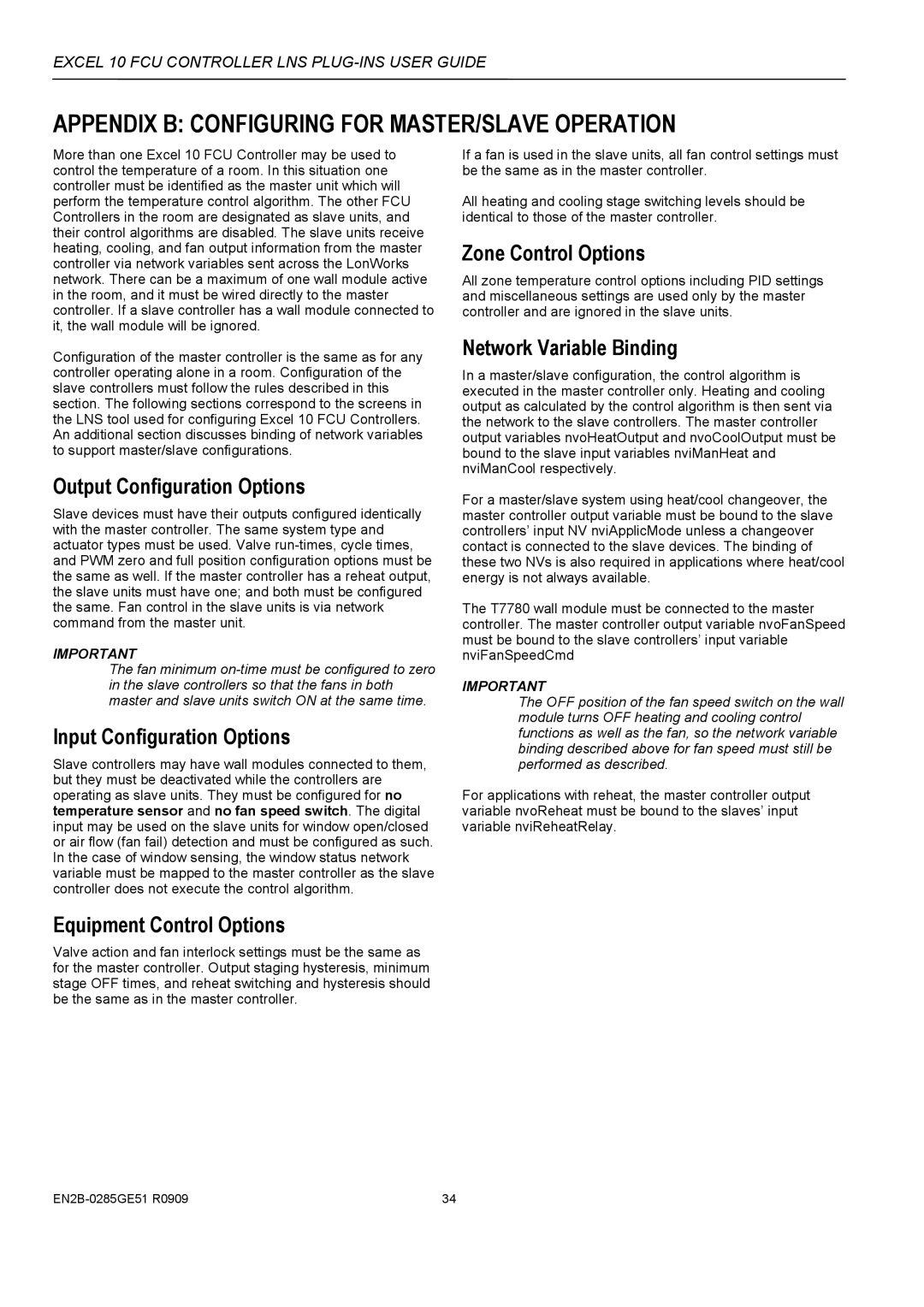W7752D specifications
The Honeywell W7752D is a versatile and advanced electronic gas combination control designed primarily for use in commercial heating systems. This product stands out for its ability to manage both gas ignition and safety functions, which are critical for maintaining the efficiency and safety of heating appliances. Its robust construction and advanced features make it a popular choice for HVAC professionals and service technicians.One of the main features of the W7752D is its integration of multiple functions in a single device. It serves as both an automatic gas ignition control and a safety shut-off valve, which simplifies installation and reduces the need for additional components. This integrated design not only enhances reliability but also streamlines maintenance procedures.
Another notable technology utilized in the W7752D is its microprocessor-based control logic. This advanced technology allows for precise management of the ignition sequence, improving the overall efficiency of the heating system. The microprocessor enables the control to adapt to varying operating conditions, ensuring optimal performance even under changing demands.
The W7752D is equipped with features that enhance user-interface and diagnostics capabilities. It includes LED indicators that provide clear information about the operational status and any potential issues. This diagnostics capability facilitates easier troubleshooting, saving time and reducing the likelihood of extended downtimes.
Safety is a primary concern in gas appliances, and the W7752D addresses this with built-in safety mechanisms, including flame detection technologies. These features ensure that the appliance operates safely, automatically shutting down in case of any irregularities during operation. This emphasis on safety not only protects property but also provides peace of mind for users.
In terms of compatibility, the Honeywell W7752D is designed to work with a wide range of gas heating appliances. Its flexibility allows it to be used in various applications, making it suitable for different types of commercial environments. Additionally, the control complies with relevant safety and performance standards, ensuring reliable operation.
In summary, the Honeywell W7752D combines advanced technology with essential safety features, making it a top choice for commercial heating applications. Its integrated design, microprocessor-based control, user-friendly diagnostics, and robust safety mechanisms make it an essential component for efficient and safe gas heating systems. Whether it is for new installations or replacements, the W7752D provides HVAC professionals with the reliability and ease of use they demand.
